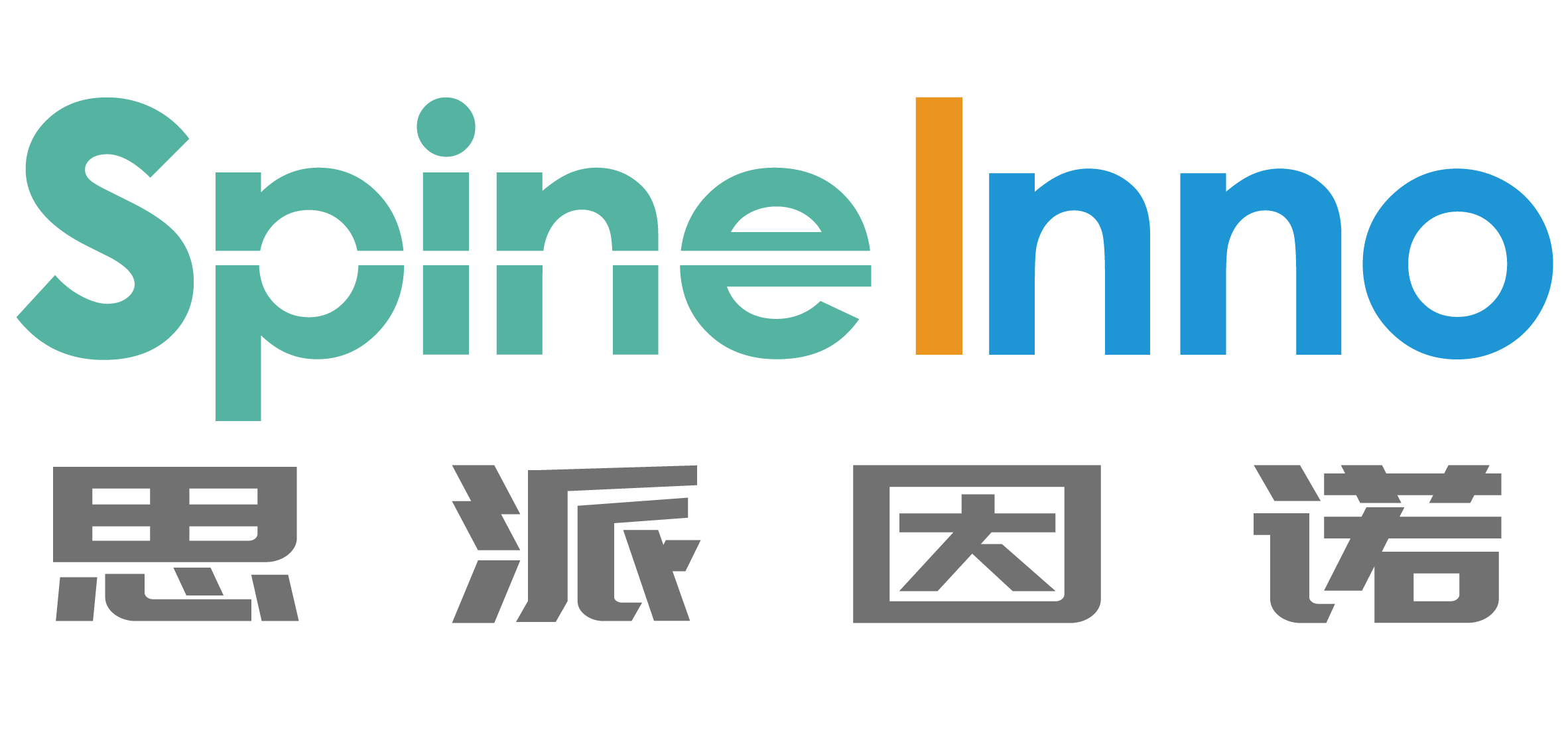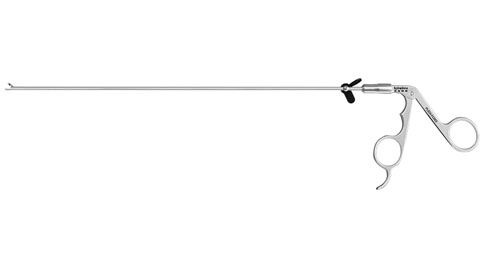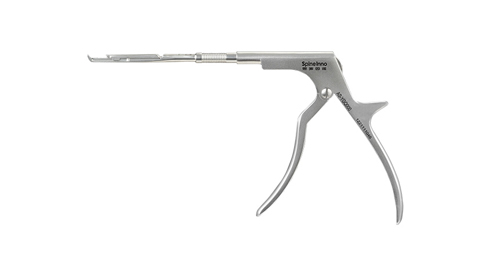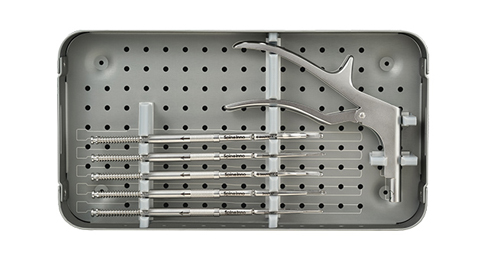1. What is Percutaneous Endoscopic Discectomy (PED)?
Percutaneous Endoscopic Discectomy (PED) is a minimally invasive surgical procedure used to treat herniated discs in the spine. This technique involves the removal of part of a herniated disc that is compressing nearby nerves, thereby relieving pain, numbness, or weakness caused by nerve irritation. Unlike traditional open surgery, PED uses a small incision and an endoscope (a thin, flexible tube with a camera) to visualize and access the affected disc.
2. How Does PED Work?
Incision and Access: A small incision (around 5-7 mm) is made on the back or side of the patient's body near the affected disc.
Endoscope Insertion: An endoscope is inserted through the incision, allowing the surgeon to see the disc and surrounding structures in real time on a video monitor.
Removal of Disc Material: Using micro-instruments, the surgeon removes the herniated portion of the disc that is pressing on the nerve.
Closure: Since the incision is small, it is typically closed with a simple bandage, and stitches are rarely needed.
3. Advantages of Percutaneous Endoscopic Discectomy
Minimally Invasive: Smaller incisions, less muscle damage, and minimal scarring.
Faster Recovery: Shorter recovery times compared to traditional open surgery.
Reduced Pain and Blood Loss: Since there is less trauma to the surrounding tissues, patients experience less post-operative pain and minimal blood loss.
Outpatient Procedure: Many patients can go home the same day.
Preservation of Spinal Stability: Unlike open surgery, which may require spinal fusion, PED does not compromise the stability of the spine.
4. Conditions Treated with PED
Herniated Disc: When the inner material of a spinal disc pushes out and compresses nearby nerves, causing pain, numbness, or weakness.
Bulging Disc: If the outer layer of a disc bulges but does not rupture, it may still cause nerve compression.
Sciatica: Compression of the sciatic nerve can result in leg pain, which PED can help relieve.
5. Recovery After PED
Hospital Stay: Most patients are discharged on the same day.
Recovery Time: Patients can return to light activities within 1-2 weeks, and full recovery takes about 4-6 weeks, depending on the patient's condition.
Post-Surgery Care: Patients are advised to avoid heavy lifting, twisting, or strenuous activities during the recovery period.
6. Risks and Complications
While PED is generally safe, potential risks include:
Infection at the incision site.
Nerve damage or injury.
Recurrence of disc herniation.
Incomplete relief of symptoms.




